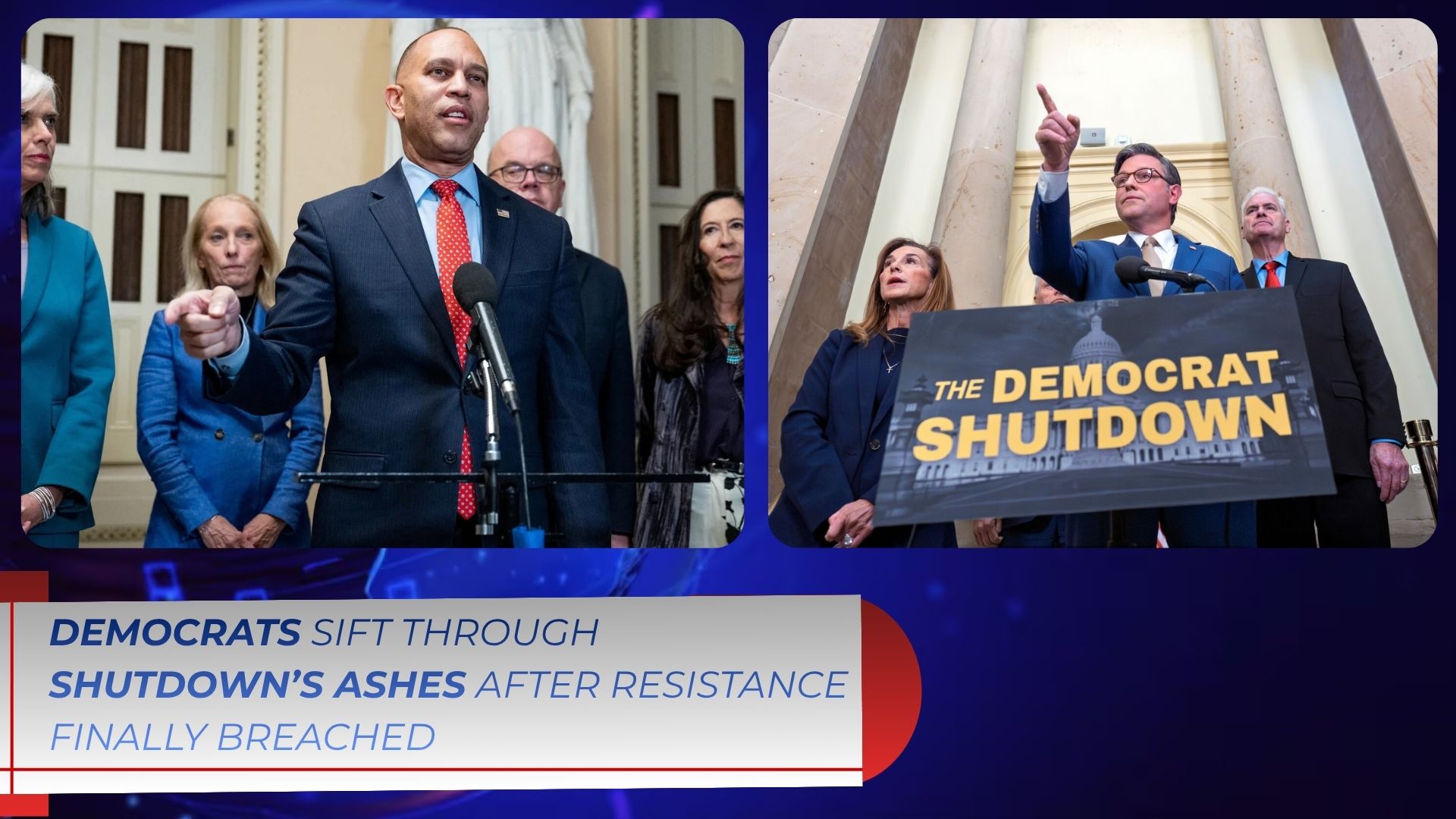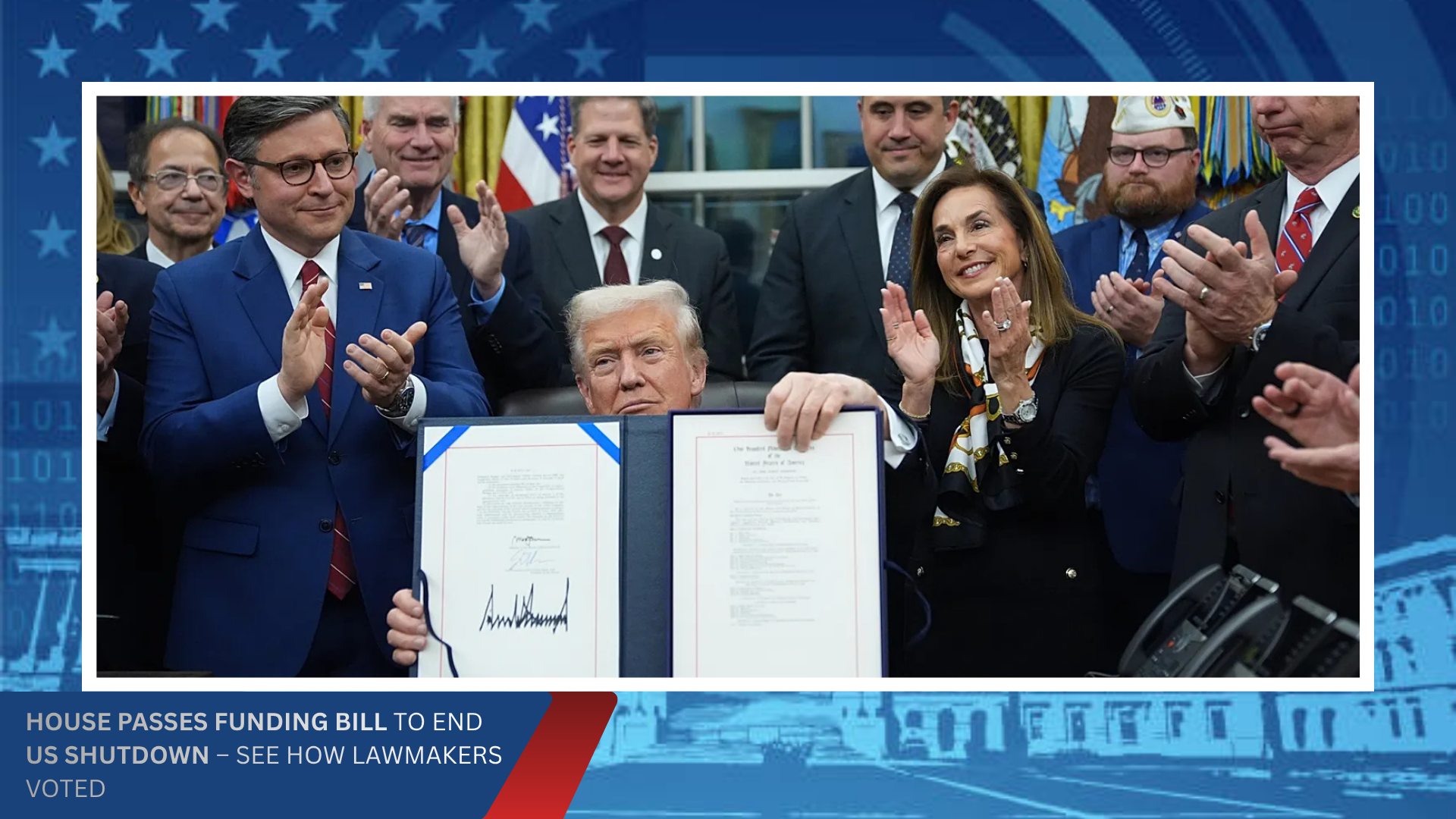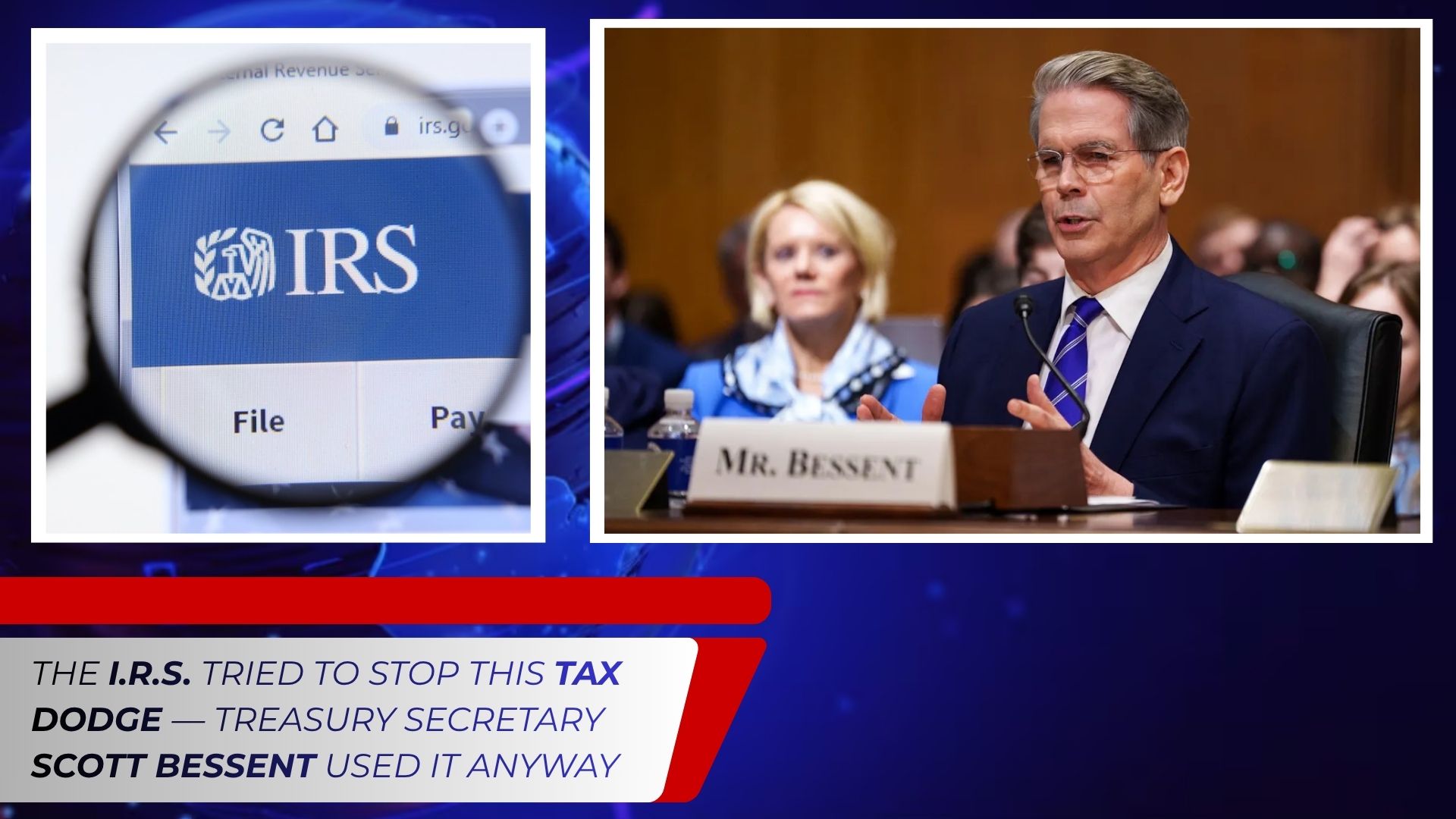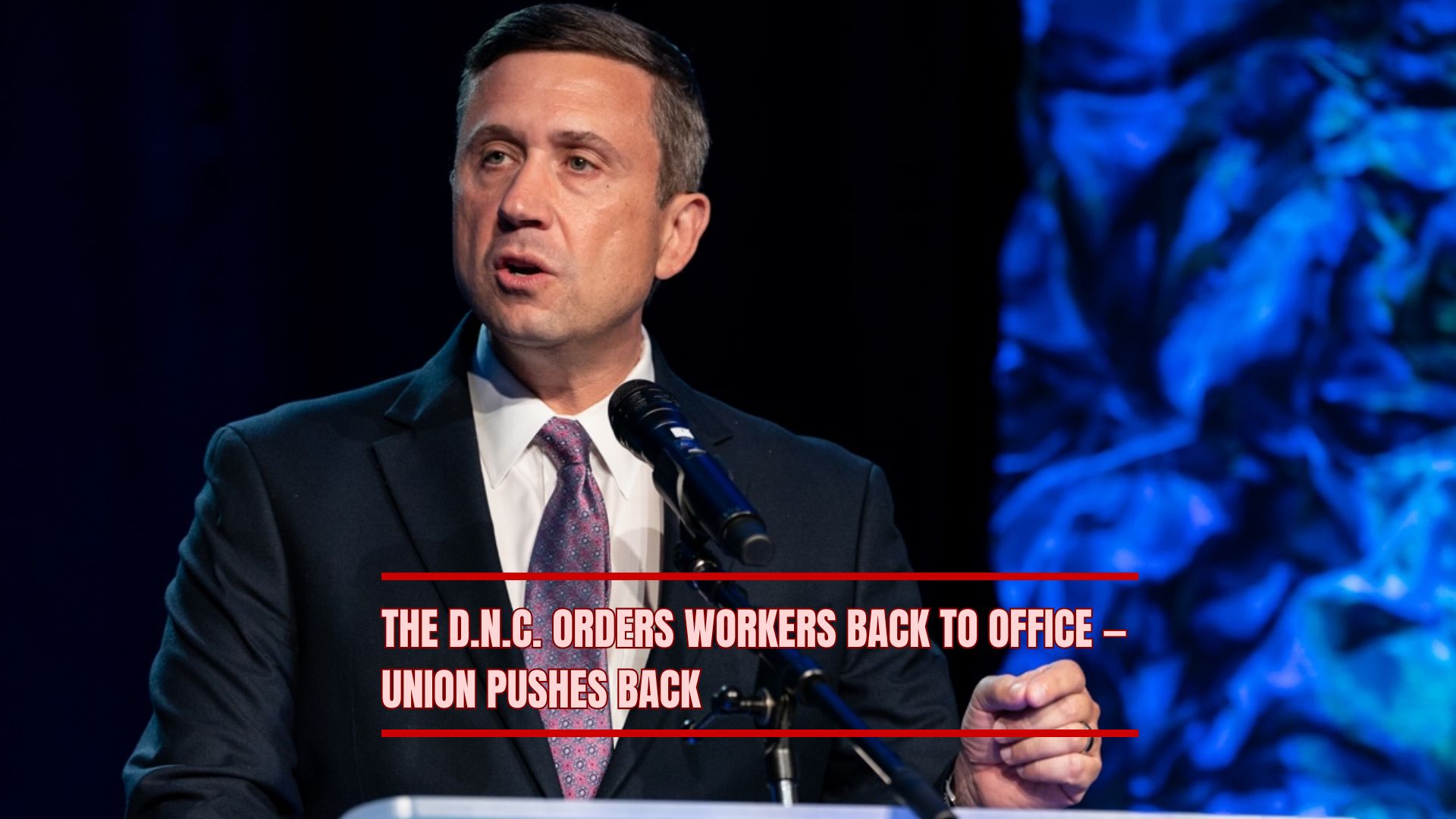13 November, 2025
DEMOCRATS FACE THE AFTERMATH OF A HISTORIC STANDOFF
More than six weeks after Democrats took an unprecedented stand by blocking government funding in pursuit of health-care protections, the U.S. government is finally open again. But for the minority party, the reopening comes with mixed emotions — a sense of both exhaustion and resolve.
The shutdown, lasting 42 days, was the longest in American history. It ended when a coalition of Republican majorities in both chambers and a small group of centrist Democratic senators broke ranks to push a funding bill past the Senate filibuster. The bill, swiftly signed into law by President Donald Trump, reopened federal agencies that had been shuttered for over a month and a half.
For Democrats, it was a stinging defeat. Their key demand — an extension of the Affordable Care Act (ACA) tax credits that help lower health-care costs — was left unmet. Yet many within the party insist the effort was not in vain.
“I hope that people in America will see those of us who are willing to stand and hold the line for them,” said Pennsylvania Representative Summer Lee, one of the most vocal supporters of the shutdown strategy.
A FAILED GAMBLE, BUT A SYMBOLIC VICTORY
The standoff was a bold but risky maneuver. Historically, Democrats have rarely used shutdown tactics, leaving that political brinkmanship to Republicans in past decades. This time, however, they saw an opening — and a cause worth the risk.
When funding expired at the end of September, Democrats refused to approve a stopgap bill without Republican agreement to extend ACA subsidies and reverse cuts to Medicaid. Their stance was both ideological and strategic: health care remains central to the party’s identity, a rallying cry that resonates with working families and lower-income Americans.
Yet, as the weeks dragged on, pressure mounted. Federal workers were furloughed, essential programs paused, and the public’s patience began to wane. With limited leverage and growing political fallout, a faction of Democratic senators decided to break the impasse — a move that reopened the government but left their party empty-handed.
Still, some Democrats frame the standoff as a moral victory. “These are choices that are being made,” said Wesley Bell, Missouri’s Democratic congressman, warning that the party cannot cede the narrative to Trump’s Republican majority. “If they wanted to address skyrocketing health-care costs, they could. They have the power, and they have a willing partner in Democrats.”
A POLITICAL REALITY CHECK
In truth, Democrats had little chance of forcing Trump’s hand. The 2024 elections left them weakened across the board: Republicans held majorities in the House, Senate and White House, while a conservative-dominated Supreme Court regularly upheld Trump’s executive actions.
Throughout the shutdown, the administration used its consolidated power to reshape government priorities. The U.S. Agency for International Development (USAID) was closed. Federal employees were urged to retire early or face dismissal. Cuts to Medicaid and the Supplemental Security Income program went forward. Meanwhile, Trump extended tax breaks for corporations and high earners indefinitely — an economic agenda that Democrats decried as “trickle-down politics on steroids.”
Grassroots Democrats responded with nationwide protests, marching under slogans like “Fund Families, Not Billionaires.” The movement reignited progressive energy but did little to shift the balance of power on Capitol Hill. Despite the outrage, legal challenges to Trump’s budget orders failed repeatedly in court.
The shutdown, then, became the last available weapon — a desperate effort to force a policy debate in a Congress otherwise closed to compromise.
WHAT THE DEAL REALLY DELIVERED
In the final hours of negotiation, Senate Majority Leader John Thune offered what many viewed as a symbolic concession: a promise to hold a future vote on reauthorizing the expiring health-care credits.
It was far from the ironclad victory Democrats had sought. There is no guarantee the measure will attract enough Republican support to pass the Senate, nor is it certain that the House’s GOP leadership would allow it to reach the floor. Even if it does, President Trump’s approval remains doubtful.
To some Democrats, this vague promise underscores their limited leverage. “We fought hard for working families, but at the end of the day, we faced a wall of resistance,” said one Senate aide involved in the negotiations. “It’s hard to claim success when your only victory is a vote that may never happen.”
Nevertheless, Democratic leaders argue that the stand has long-term value. It reminds voters of what’s at stake — health-care affordability, Medicaid funding and fairness in economic policy — and paints a contrast between their priorities and those of Trump’s GOP.
LESSONS FROM THE LONGEST SHUTDOWN
The 42-day shutdown was not just a test of political strength but of endurance. Federal employees went without paychecks, national parks closed, and programs for low-income Americans faced interruptions. Public frustration grew, with polls showing that most Americans blamed both parties for the dysfunction, though the administration bore the larger share of the blame.
For Democrats, the takeaway is complex. They lost the immediate fight, but gained an opportunity to reassert their identity as a party willing to confront Trump head-on. As Representative Summer Lee put it, “You don’t measure victory just by the votes you win. Sometimes it’s about showing up for people when it matters most.”
Party strategists now face the challenge of turning that defiance into momentum. The next election cycle looms large, and Democrats will need to persuade voters that the shutdown was not just a futile gesture, but a principled stand against unchecked Republican dominance.
LOOKING AHEAD: CAN DEMOCRATS REBUILD?
Internally, the party is at a crossroads. The shutdown exposed ideological fissures between progressives, who favored an uncompromising stance, and moderates, who feared that prolonged gridlock would alienate swing voters.
Moving forward, Democrats are recalibrating their message. Rather than focusing solely on confrontation, leaders are emphasizing policy competence and compassion — the idea that the party fights for families’ well-being, not just for political theater. Healthcare, climate policy, and economic fairness remain the cornerstones of this agenda.
At the same time, they are aware that Trump and the Republican majorities are preparing to capitalize on Democratic divisions. GOP strategists have already framed the shutdown as proof of “Democratic recklessness,” arguing that the minority party chose politics over governance.
Yet Democrats see it differently. “Resistance doesn’t mean obstruction,” said Wesley Bell. “It means drawing a line where it matters. If we can’t defend healthcare for working families, then what are we even fighting for?”
CONCLUSION: DEFEATED, BUT NOT DEMORALIZED
In the aftermath of the shutdown, Democrats find themselves bruised but not broken. They failed to win their policy goals, yet they emerged with a renewed sense of purpose — to prove that opposition can still mean something in a political climate dominated by one party.
The funding deal reopened government offices and ended the crisis, but it also revealed the deeper imbalance of power in Washington. For Democrats, the lesson is clear: symbolic stands carry risks, but silence carries greater ones.
As the dust settles, the party looks to the months ahead — to the promised vote on healthcare credits, to upcoming budget negotiations, and to a broader fight for relevance in Trump’s America.
The shutdown may be over, but the struggle over the direction of the nation’s priorities — from healthcare to economic fairness — is far from finished.
DEMOCRATS FACE THE AFTERMATH OF A HISTORIC STANDOFF
More than six weeks after Democrats took an unprecedented stand by blocking government funding in pursuit of health-care protections, the U.S. government is finally open again. But for the minority party, the reopening comes with mixed emotions — a sense of both exhaustion and resolve.
The shutdown, lasting 42 days, was the longest in American history. It ended when a coalition of Republican majorities in both chambers and a small group of centrist Democratic senators broke ranks to push a funding bill past the Senate filibuster. The bill, swiftly signed into law by President Donald Trump, reopened federal agencies that had been shuttered for over a month and a half.
For Democrats, it was a stinging defeat. Their key demand — an extension of the Affordable Care Act (ACA) tax credits that help lower health-care costs — was left unmet. Yet many within the party insist the effort was not in vain.
“I hope that people in America will see those of us who are willing to stand and hold the line for them,” said Pennsylvania Representative Summer Lee, one of the most vocal supporters of the shutdown strategy.
A FAILED GAMBLE, BUT A SYMBOLIC VICTORY
The standoff was a bold but risky maneuver. Historically, Democrats have rarely used shutdown tactics, leaving that political brinkmanship to Republicans in past decades. This time, however, they saw an opening — and a cause worth the risk.
When funding expired at the end of September, Democrats refused to approve a stopgap bill without Republican agreement to extend ACA subsidies and reverse cuts to Medicaid. Their stance was both ideological and strategic: health care remains central to the party’s identity, a rallying cry that resonates with working families and lower-income Americans.
Yet, as the weeks dragged on, pressure mounted. Federal workers were furloughed, essential programs paused, and the public’s patience began to wane. With limited leverage and growing political fallout, a faction of Democratic senators decided to break the impasse — a move that reopened the government but left their party empty-handed.
Still, some Democrats frame the standoff as a moral victory. “These are choices that are being made,” said Wesley Bell, Missouri’s Democratic congressman, warning that the party cannot cede the narrative to Trump’s Republican majority. “If they wanted to address skyrocketing health-care costs, they could. They have the power, and they have a willing partner in Democrats.”
A POLITICAL REALITY CHECK
In truth, Democrats had little chance of forcing Trump’s hand. The 2024 elections left them weakened across the board: Republicans held majorities in the House, Senate and White House, while a conservative-dominated Supreme Court regularly upheld Trump’s executive actions.
Throughout the shutdown, the administration used its consolidated power to reshape government priorities. The U.S. Agency for International Development (USAID) was closed. Federal employees were urged to retire early or face dismissal. Cuts to Medicaid and the Supplemental Security Income program went forward. Meanwhile, Trump extended tax breaks for corporations and high earners indefinitely — an economic agenda that Democrats decried as “trickle-down politics on steroids.”
Grassroots Democrats responded with nationwide protests, marching under slogans like “Fund Families, Not Billionaires.” The movement reignited progressive energy but did little to shift the balance of power on Capitol Hill. Despite the outrage, legal challenges to Trump’s budget orders failed repeatedly in court.
The shutdown, then, became the last available weapon — a desperate effort to force a policy debate in a Congress otherwise closed to compromise.
WHAT THE DEAL REALLY DELIVERED
In the final hours of negotiation, Senate Majority Leader John Thune offered what many viewed as a symbolic concession: a promise to hold a future vote on reauthorizing the expiring health-care credits.
It was far from the ironclad victory Democrats had sought. There is no guarantee the measure will attract enough Republican support to pass the Senate, nor is it certain that the House’s GOP leadership would allow it to reach the floor. Even if it does, President Trump’s approval remains doubtful.
To some Democrats, this vague promise underscores their limited leverage. “We fought hard for working families, but at the end of the day, we faced a wall of resistance,” said one Senate aide involved in the negotiations. “It’s hard to claim success when your only victory is a vote that may never happen.”
Nevertheless, Democratic leaders argue that the stand has long-term value. It reminds voters of what’s at stake — health-care affordability, Medicaid funding and fairness in economic policy — and paints a contrast between their priorities and those of Trump’s GOP.
LESSONS FROM THE LONGEST SHUTDOWN
The 42-day shutdown was not just a test of political strength but of endurance. Federal employees went without paychecks, national parks closed, and programs for low-income Americans faced interruptions. Public frustration grew, with polls showing that most Americans blamed both parties for the dysfunction, though the administration bore the larger share of the blame.
For Democrats, the takeaway is complex. They lost the immediate fight, but gained an opportunity to reassert their identity as a party willing to confront Trump head-on. As Representative Summer Lee put it, “You don’t measure victory just by the votes you win. Sometimes it’s about showing up for people when it matters most.”
Party strategists now face the challenge of turning that defiance into momentum. The next election cycle looms large, and Democrats will need to persuade voters that the shutdown was not just a futile gesture, but a principled stand against unchecked Republican dominance.
LOOKING AHEAD: CAN DEMOCRATS REBUILD?
Internally, the party is at a crossroads. The shutdown exposed ideological fissures between progressives, who favored an uncompromising stance, and moderates, who feared that prolonged gridlock would alienate swing voters.
Moving forward, Democrats are recalibrating their message. Rather than focusing solely on confrontation, leaders are emphasizing policy competence and compassion — the idea that the party fights for families’ well-being, not just for political theater. Healthcare, climate policy, and economic fairness remain the cornerstones of this agenda.
At the same time, they are aware that Trump and the Republican majorities are preparing to capitalize on Democratic divisions. GOP strategists have already framed the shutdown as proof of “Democratic recklessness,” arguing that the minority party chose politics over governance.
Yet Democrats see it differently. “Resistance doesn’t mean obstruction,” said Wesley Bell. “It means drawing a line where it matters. If we can’t defend healthcare for working families, then what are we even fighting for?”
CONCLUSION: DEFEATED, BUT NOT DEMORALIZED
In the aftermath of the shutdown, Democrats find themselves bruised but not broken. They failed to win their policy goals, yet they emerged with a renewed sense of purpose — to prove that opposition can still mean something in a political climate dominated by one party.
The funding deal reopened government offices and ended the crisis, but it also revealed the deeper imbalance of power in Washington. For Democrats, the lesson is clear: symbolic stands carry risks, but silence carries greater ones.
As the dust settles, the party looks to the months ahead — to the promised vote on healthcare credits, to upcoming budget negotiations, and to a broader fight for relevance in Trump’s America.
The shutdown may be over, but the struggle over the direction of the nation’s priorities — from healthcare to economic fairness — is far from finished.








